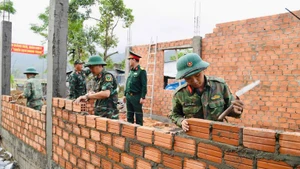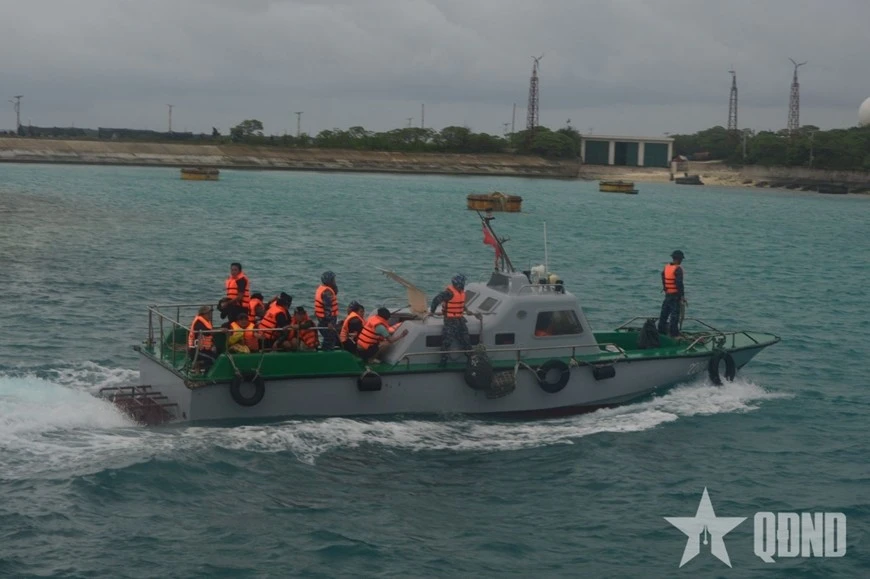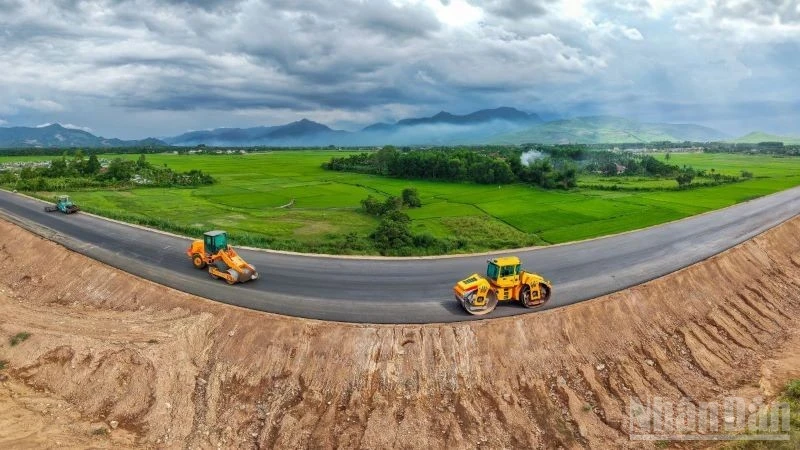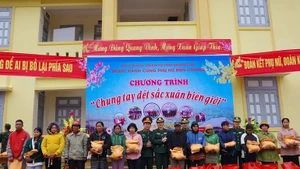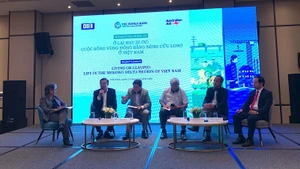Held in Pleiku City, Gia Lai Province, on November 9, the event saw the presence of Politburo member and Deputy Prime Minister Nguyen Hoa Binh as well as Politburo member and Chairman of the Vietnam Fatherland Front Central Committee Do Van Chien.
According to the conference, the Central and Central Highlands regions encompass 3,243 extremely difficult villages, accounting for 24.53% of the particularly difficult areas of ethnic minorities and mountainous regions nationwide.
For the 2021-2025 period, the resources for implementing the national target programme in this area are expected to exceed 22.5 trillion VND, with over 20.5 trillion VND of this figure to be allocated from the state budget.
As of the end of September 2024, the Central and Central Highlands regions have disbursed 74.3% of the investment capital, nearly 1.3 times higher than the national average of 57.7%. However, provinces such as Dak Lak, Quang Binh, and Quang Ngai are lagging behind the national average.
In his remarks, Deputy Prime Minister Nguyen Hoa Binh evaluated that the programme has significantly contributed to the socio-economic development of localities. However, he highlighted that half of the 2021-2030 timeframe has passed and there is still much work to be done in the Central and Central Highlands regions.
He stressed that timely resolution of bottlenecks is essential to achieve the overall objectives: “In the next phase, it is crucial to outline a clear path and implement practical solutions. We need specific proposals for goals and structural components of the programme for the upcoming period. By doing so, we can address the bottlenecks identified in phase I and remove obstacles in phase II.”
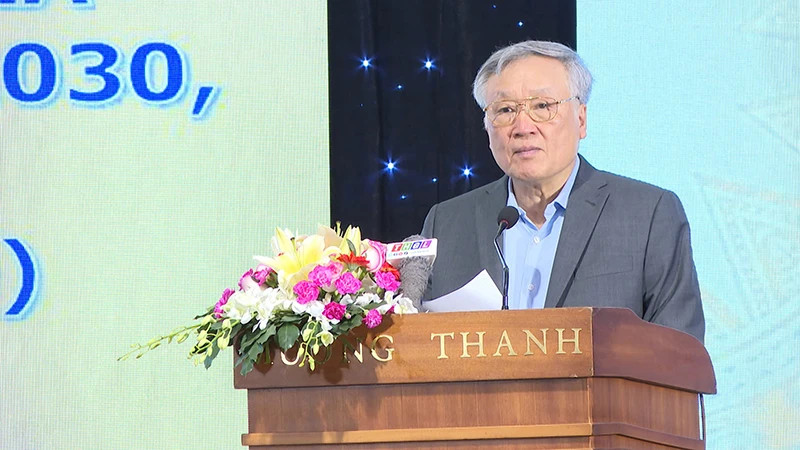



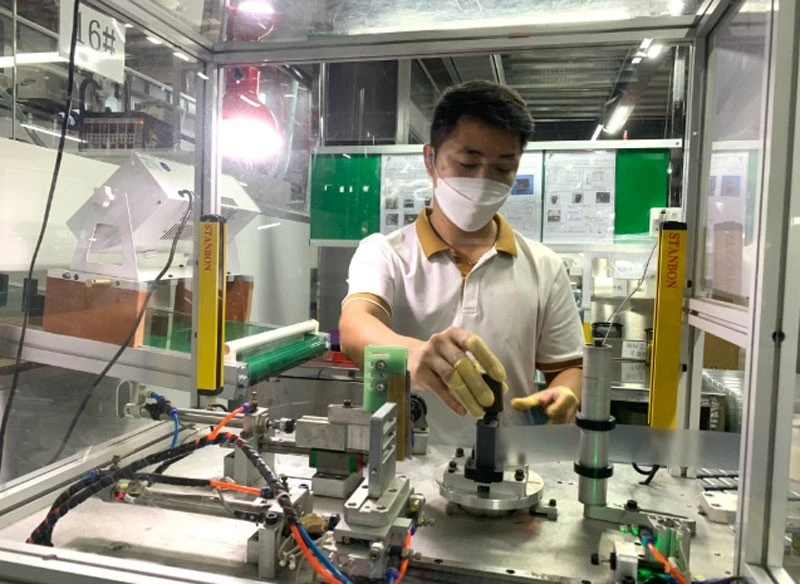

![[In Pictures] Nhan Dan Newspaper and Coteccons launch the Building Tet 2026 Programme](https://en-cdn.nhandan.vn/images/5992a12dd6e78b9bfb434962ff18307331f51c4c3a3e5fcfcd42f0234766d9c45840b0c6e06f3d50c1b8ba0f0abda1a6b665eff40edce9ec48a5692486f5a3ef/201225-xay-12.jpg.webp)
